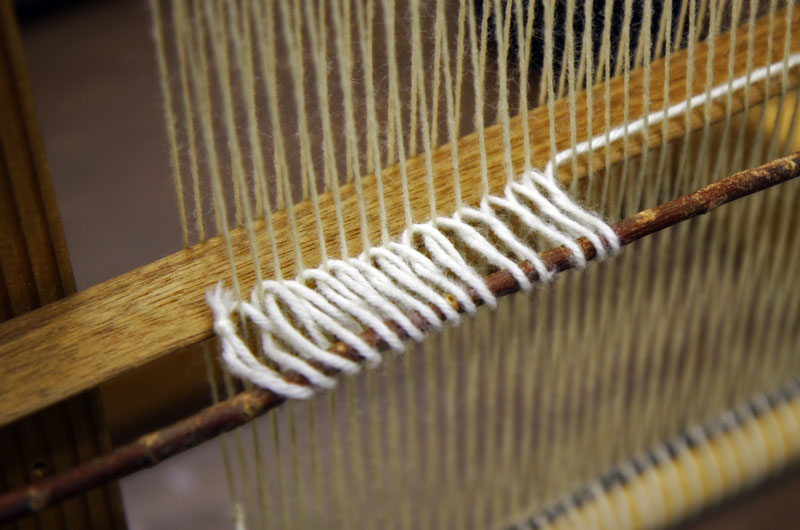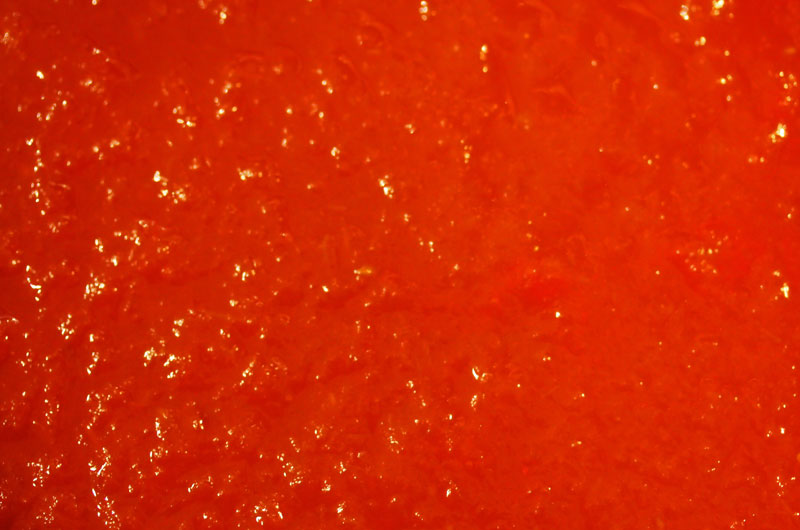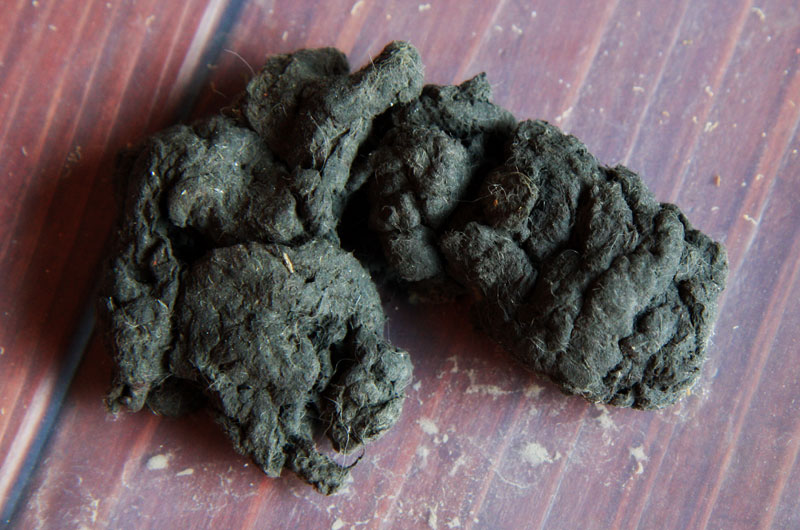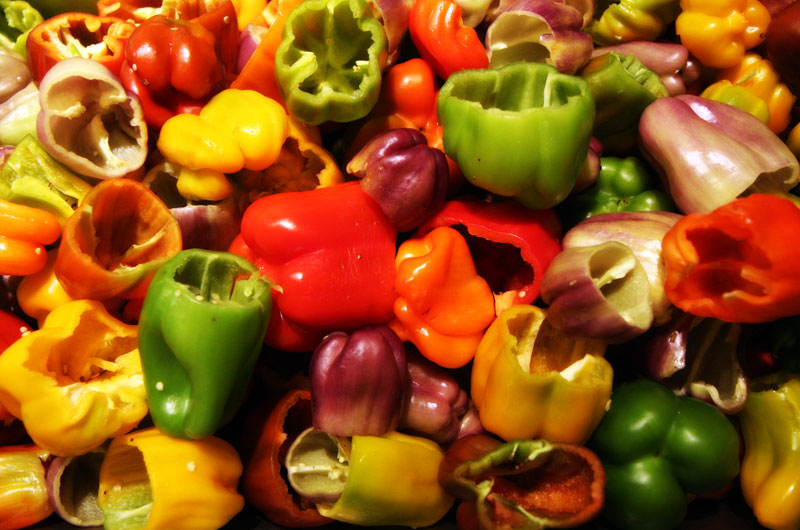
This photo is of a heddle in the process of being made. A heddle, you ask? We are taking a Navajo weaving class again; practice makes perfect, don’t you know. Last week, we created our warp, which are the strings in the background that the yarn will be woven onto in order to create a Navajo rug. The heddle is the white yarn loopy thing attached to a branch of tamarisk (also known as salt cedar) that is used to pull forward every other string so weaving can occur. When the heddle is pulled forward, this is called a pull shed. When the heddle is not in use, and another branch of salt cedar is lowered, allowing the batten to squeeze between the warp rows to create a wider gap so the yarn can be layered into place for the weave to progress, this is called stick shed. Of course, there’s more to it than that, but I’m just posting a photo of my progress, not writing a lesson plan.





